- The article provides an interactive explanation and exploration of Bezier curves
- presents how the curves are represented and controlled
- allows the user to change settings and interpolation settings to explore the effects on the curve

- Video recording of MaterialX-related developments in the virtual town hall meeting
- covering OpenPBR, MaterialX shader editor, MaterialX in USD, and many more topics
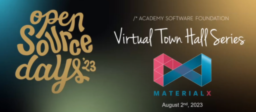
- Blog post explains the different compute shader semantics
- shows the difference between SV_DispatchThreadID, SV_GroupThreadID, SV_GroupID and SV_GroupIndex
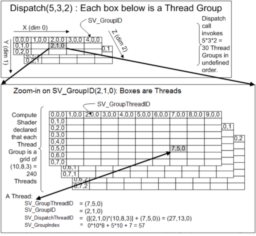
- The simulator provides the ability to experiment with different factors that affect the vsync effect
- presents the effect of vblank intervals, CPU and GPU time differences, and how it affects frame stability and latency

Do you want the chance to work with clients like Google, Microsoft, Activision, Qualcomm and other AAA studios??
This is an opportunity to join a world-leader in advanced real-time graphics who are working at the cutting-edge of the game industry.
- Bachelor’s degree in Computer Science or equivalent
- Experience with DirectX 12, Vulkan, Metal, or other current rendering API
- 2+ years professional graphics programming experience
Please apply with your resume attached by replying to jiayi.zhuo@theforge.dev

- The presentation and source code for the screen space shadows used in Days Gone have been released
- shows the effect, covering the implementation, and also discusses optimizations
- The code is released under the Apache License
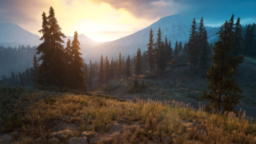
- The paper introduces a Ray-aligned Occupancy Map Array as an alternative to BVH-based ray tracing
- shows how to generate the data structure from a single rasterization pass and compute-based processing
- comparing against Distance Field and Hardware Ray Tracing
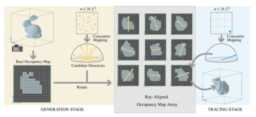
- The paper presents a global illumination technique based on radiance cascades
- Radiance Casdaces allow the storing and calculating of radiance fields by decomposing them into multiple ranges (from near-field to far-field) with asymptotic scaling
- The paper discusses the data structure, implementation, and how the presented technique is used in Path of Exile 2
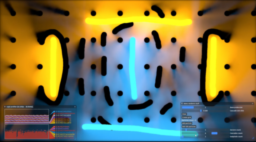
Thanks to Cort Stratton for support of this series.
Would you like to see your name here too? Become a Patreon of this series.